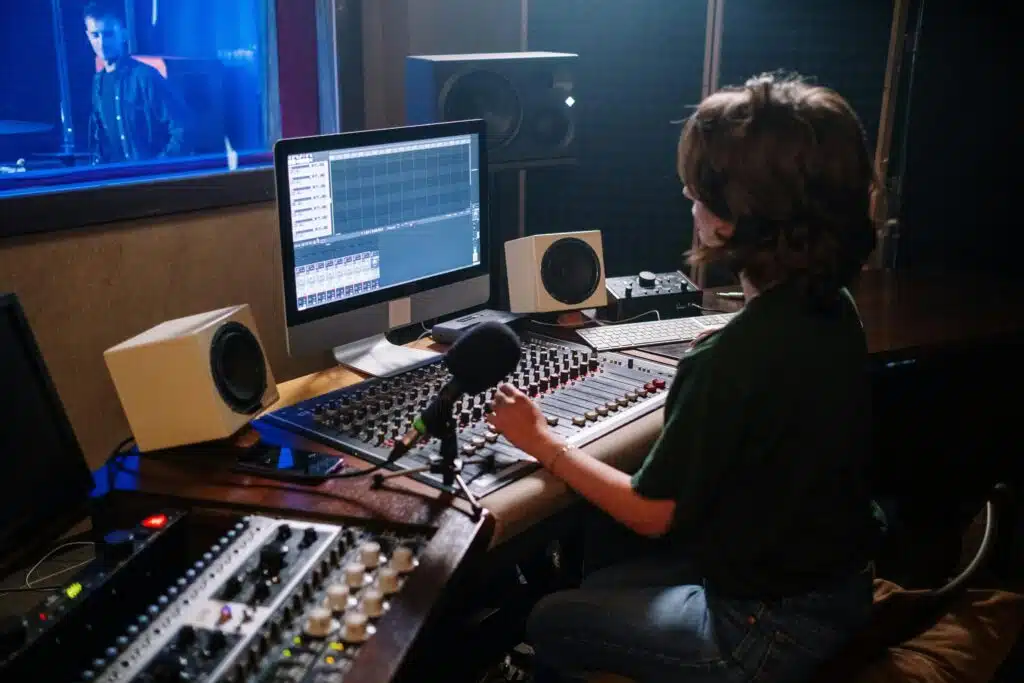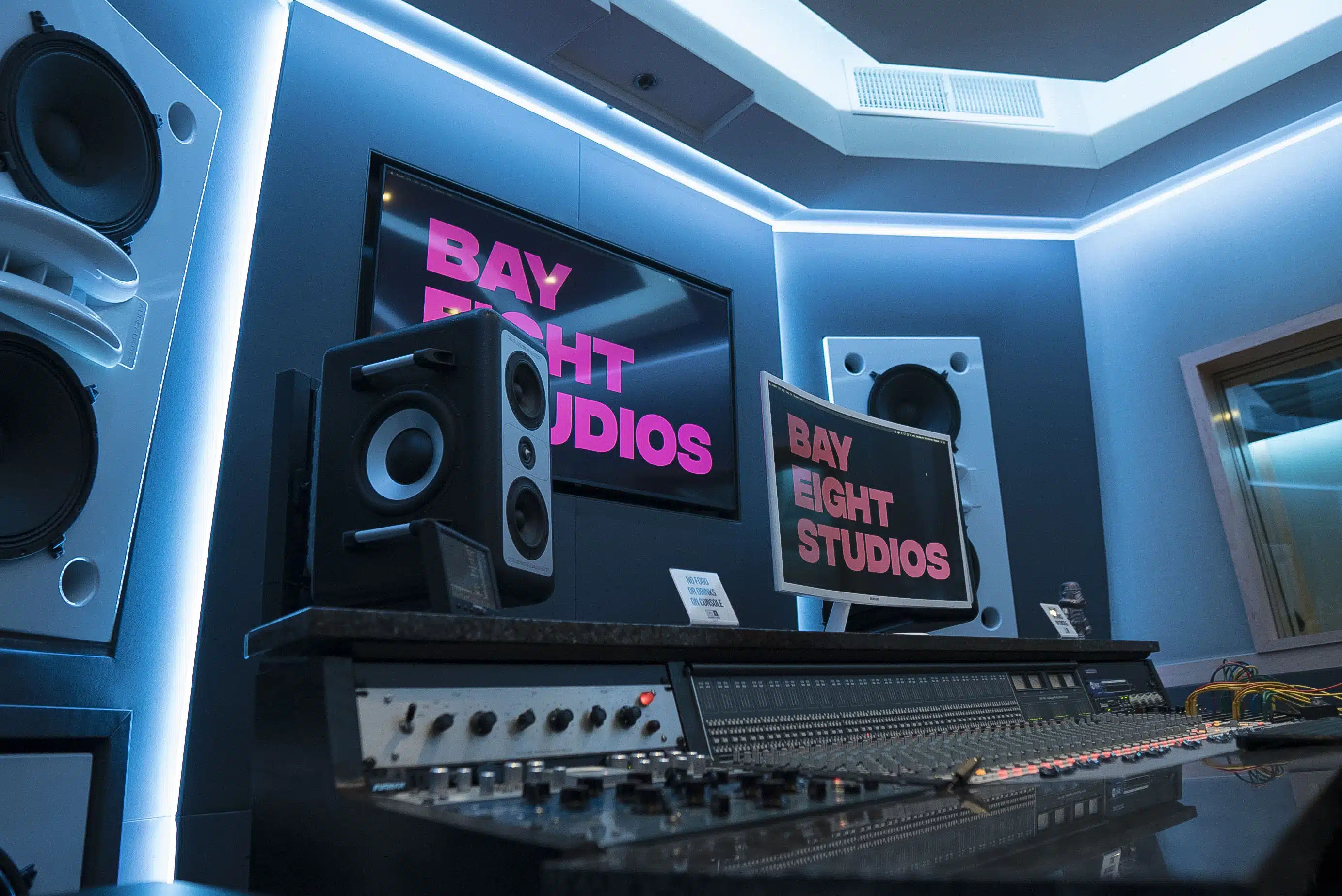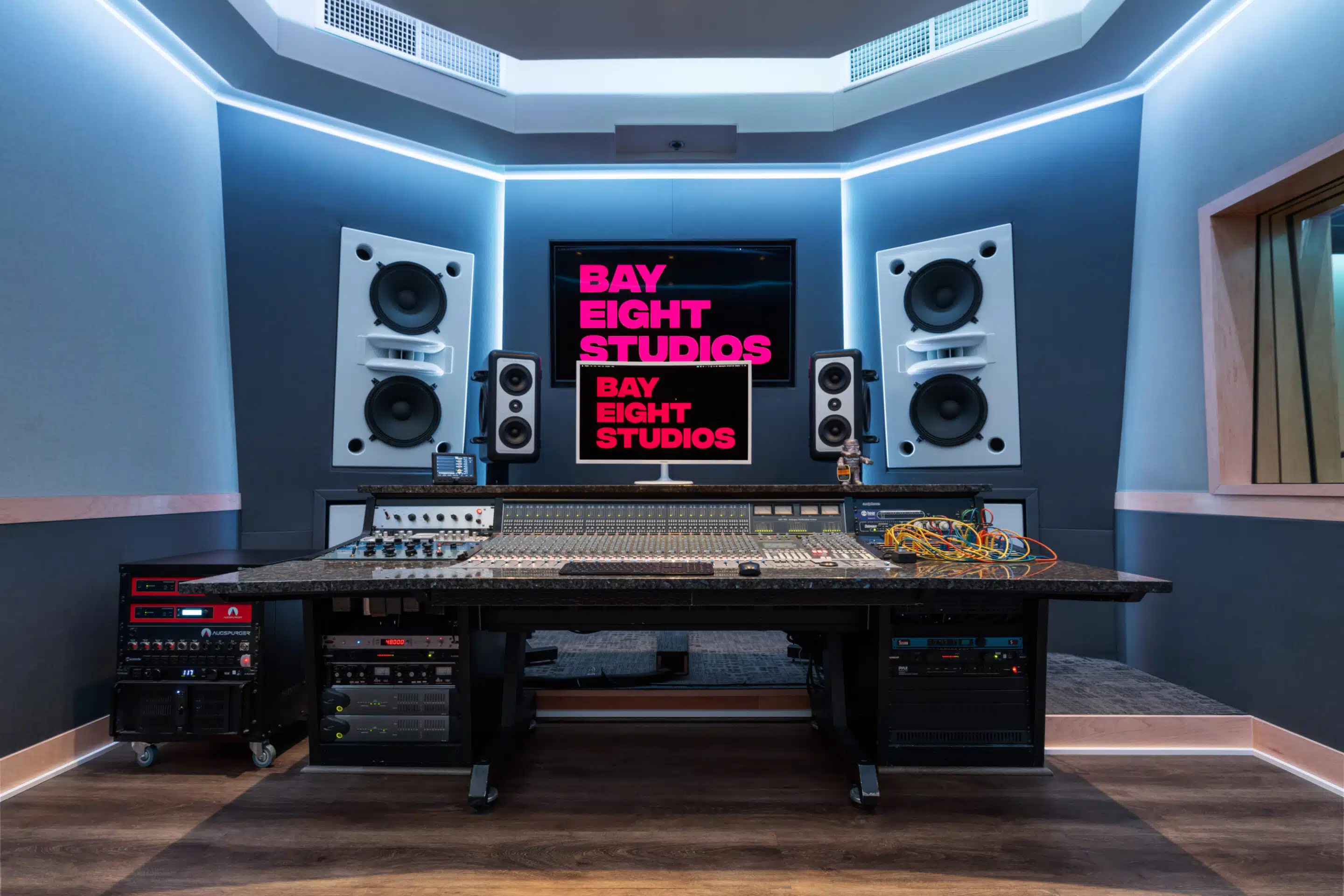The History of AutoTune
AutoTune is a pitch correction software that was first introduced in 1997 by Antares Audio Technologies. Originally designed to correct small pitch errors in vocal and instrumental performances, the software has undergone significant development. It now offers a wide range of features. Contrary to popular belief, the first mainstream hit that featured AutoTune was not T-Pain’s. Cher was the first artist to have AutoTune on a mainstream hit with her single “Believe.”
The most recognizable use of AutoTune in pop music is the “AutoTune effect”, which is characterized by a processed, robotic vocal sound. This effect became popularized by artists such as T-Pain and Kanye West, who used AutoTune to create exaggerated and distinctive vocal effects.
Autotune can be used in many ways. Many contemporary artists, such as Billie Eilish and her producer Finneas, use AutoTune to achieve a distinctive sound. In their music, AutoTune is used not to correct pitch, but to create a glitchy, stuttering effect that adds to the song.
AutoTune and Its Effects
AutoTune works by analyzing the pitch of a singer’s performance and making adjustments to correct any errors. The software breaks down the vocal performance into parts and compares the pitch of each part to the correct note in the chosen key and scale. If the singer is singing off-key, AutoTune will adjust the pitch of the notes to bring them into the correct key and scale. Within the plugin, there are controls that are dedicated to different effects. The four effects covered are, Retune, Flex-Tune, Humanize, and Natural Vibrato. Let’s dive into the differences between these.
Retune
The first effect mentioned above is Retune. Retune dictates the speed at which Autotune corrects off-pitch notes.
A rapid Retune speed is crucial for genres demanding intensity and pace, such as aggressive rap, ensuring Autotune aggressively aligns pitches without lag. Conversely, melodic performances benefit from a slower Retune speed, allowing the singer’s natural voice to flow smoothly, maintaining an air of authenticity.
Essentially, the choice of Retune speed hinges on the desired intensity of the Autotune effect—whether you aim for a subtle correction or a pronounced, stylized vocal effect.
Flex-Tune
The second effect is Flex-Tune. Flex-Tune is how much of the AutoTune effect you want to use in comparison to the artist’s natural pitch.
When Flex-Tune is at 0, it is using AutoTune pitch correction entirely. When Flex-Tune is activated, it offers a balance that allows the artist’s authentic voice to shine through, rather than being overtaken by the raw AutoTune effect.
Flex-Tune can be thought of as a dial for controlling the extent to which your natural pitch is preserved. It essentially adjusts how much of the original pitch is retained, allowing for authentic vocal expressions while correcting pitch imperfections. This setting fine-tunes the balance between natural vocal qualities and the desired level of correction.
Humanize
Natural Vibrato
The last feature we’ll explore is Natural Vibrato, which adjusts the vibrato presence within the vocal effect. Vibrato is a technique where singers fluctuate pitch to add emotional emphasis or texture. This a critical element in dynamic vocal performances.
Activating Natural Vibrato ensures that these intentional pitch variations are preserved, allowing the singer’s expressive vibrato to remain prominent. Moreover, it prevents AutoTune from mistakenly correcting these vibrato fluctuations as pitch errors, thus maintaining the intended expressiveness and nuance in the singer’s voice.
How to Use AutoTune
There is no one way to use AutoTune. However, this guide will get you started on where to start creating your unique sound.
We recommend starting with the Retune speed. This will help set how fast the tune is acting. Next, we suggest setting the amount of Humanize you are looking for. This helps set how much of your actual voice will bleed through the effect. Furthermore, this will help it take shape as to how you want to sound. Since each artist has a unique approach to AutoTune, you should be looking to do the same as well. Lastly, we’ll help you create a unique sound and add more of your own flair.
To do this, the next step is to set your Flex-Tune. Setting the Flex-Tune will allow your natural pitch to come through the effect. The more Flex-Tune you allow, the more your natural voice will shine through. Lastly, is the natural vibrato. As mentioned above this decides how much vibrato goes through the effect. Following this guide can help you set your sound by going through each component.
Here’s a video that shows you the basics of how to use Autotune if you’re just getting started:
Conclusion
AutoTune has changed the sound of mainstream music across many different genres. It has become an essential tool for music producers and artists alike. Whether used for subtle pitch correction or for creating unique vocals, Autotune offers a wide range of creative possibilities for vocal performances, AutoTune’s versatility has made it a popular software tool in the music industry. Here at Bay Eight Recording Studios Miami, our producers are well-versed in how to use Autotune. Whether you’re going for a T-Pain sound or something more natural, we can help you sound the way you’ve always dreamed of.












